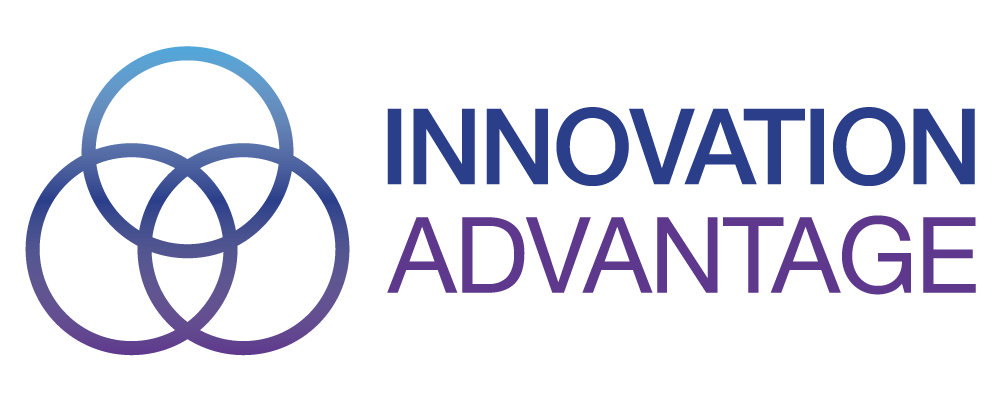The Return on Investment for Virtual Nursing: A Smart Investment for Care
Healthcare systems worldwide are grappling with workforce shortages and financial pressures, making it critical to find innovative solutions that maintain high-quality patient care while addressing these challenges. Virtual nursing is a long-term strategy that offers a promising opportunity to enhance care delivery while driving economic benefits. By integrating technology to streamline operations, fill workforce gaps, and boost efficiency, healthcare organizations can achieve a measurable return on investment (ROI). Here’s how virtual nursing can improve financial performance and patient outcomes.
Reducing Length of Stay for Patients
One of the key financial benefits of virtual nursing is the potential to reduce patient length of stay (LOS). Virtual nurses can remotely monitor patient conditions, coordinate care more efficiently, and catch emerging health issues early, preventing complications and avoidable transfers to a higher level of care that could extend a hospital stay. By working closely with care coordination teams, virtual nurses ensure that interventions are delivered promptly, helping patients recover faster and reducing their time in the hospital. A shorter LOS improves hospital capacity, allows more patients to be treated, and reduces the costs associated with prolonged hospital stays. Even a slight decrease in LOS can result in significant financial savings for healthcare facilities.
Reducing Falls and Sitter Usage: A Proven Return on Investment
The most explicit case for return on investment (ROI) in virtual nursing is reduced patient falls and sitter usage. Falls are a serious safety concern that can lead to extended hospital stays, additional treatments, and increased costs. It should be noted that nurses are a much more costly option for sitters, and instead, it is recommended that unlicensed personnel are used for this use case. It is also worth mentioning that reducing the cost of sitters and the negative impact of patient falls is often used as an early use case to demonstrate a strong business case. Through the higher-end virtual care platforms, remote monitoring technologies, such as ambient motion sensors, virtual sitters can detect high-risk patients and alert direct care staff before falls occur, preventing costly fall-related incidents.
Virtual sitters, who can monitor multiple patients simultaneously, enhance safety while minimizing the need for one-on-one sitters. This approach reduces labor costs and improves patient safety, delivering a clear ROI for hospitals. However, it’s important to note that virtual sitters should not be used for patients experiencing suicidal ideation or those with self-harming behaviors. Evaluate patients carefully and scale sitter programs slowly after monitoring the impact and patient outcomes.
Improving Throughput and Reducing Emergency Department Holds
Emergency department (ED) holds can create bottlenecks that strain resources and impact patient care. Virtual nurses can alleviate these pressures by expediting patient discharges of inpatients, completing admission documentation for ED patients, and facilitating communication between departments. Virtual nurses incrementally improve hospital throughput by speeding up transferring patients out of the ED, allowing more patients to be seen and treated promptly. This increases efficiency, reduces wait times, and results in cost savings and higher patient and staff satisfaction.
Reducing the Productivity Impact of Missed Meals and End-of-Shift Overtime Due to Documentation
Virtual nursing also helps address subtler financial inefficiencies, such as missed meals and end-of-shift overtime for nursing staff caused by delayed documentation. Overburdened nurses often struggle to complete documentation in real-time, leading to end-of-shift overtime and missing meals to complete documentation. Virtual nurses can assist with real-time documentation, ensuring that patient information is accurately entered without delays and thus reducing incremental end-of-shift overtime and nurses missing meal breaks.
Additionally, virtual nurses can provide monitoring support while direct care nurses take meal breaks by maintaining closer observation and patient interactions, thus improving overall nurse satisfaction. By streamlining these processes, healthcare organizations can manage labor costs, minimize unnecessary end-of-shift overtime, and improve staff well-being and patient care.
Conclusion
Investing in virtual nursing goes beyond adopting new technology—it is a strategic decision that can mitigate operational challenges from reducing patient length of stay and preventing costly falls to minimizing ED boarding and cutting down on incremental overtime. Virtual nursing offers multiple avenues for cost savings while enhancing the quality of care. As healthcare organizations continue to navigate workforce shortages and economic challenges, virtual nursing stands out as an evolving evolving evolving tool for achieving clinical excellence and financial sustainability.
By embracing virtual nursing, hospitals can develop processes to optimize resources, deliver superior patient care, and improve financial performance in today’s evolving healthcare landscape.

